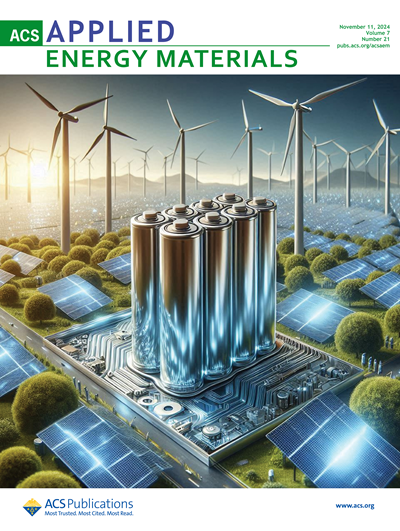Influence of boundary layer and pressure lag on unsteady aerodynamics of airfoil based on a simple semi‐empirical dynamic stall engineering model
IF 5.5
3区 材料科学
Q2 CHEMISTRY, PHYSICAL
引用次数: 0
Abstract
In view of the fact that dynamic stall models in the wind energy industry such as ONERA model, Beddoes–Leishman model, and Snel model are mostly semi‐empirical models, and the determination of empirical time constants has a great influence on the model accuracy. To optimize the time constant in dynamic stall model and improve the prediction accuracy of unsteady aerodynamics, the influence of boundary layer and pressure lag on the unsteady performance of the S809 airfoil under 2D flow conditions is explored using a simple semi‐empirical dynamic stall engineering model. The proposed model consists of four first‐order differential equations accounting for attached flow and dynamic separation flow of trailing edge based on the Theodorsen theory. A validation is carried out by the wind tunnel experiment in the Key Laboratory of Wind and Solar Energy Utilization Technology of the Ministry of Education at Inner Mongolia University of Technology. The main conclusions are as follows. The time constants for lag in pressure and boundary layer both have a great influence on the unsteady lift coefficient. When the mean angle of attack is relatively small and the airflow is between the attached flow and the separated flow, appropriately reducing the time constant can make the prediction results closer to the experimental values. When the mean angle of attack is relatively large and the airflow is in condition of fully separated flow, the time constant value can be appropriately increased. The influence of pressure lag and boundary layer lag on the unsteady drag coefficient is not significant.基于简单半经验动态失速工程模型的边界层和压力滞后对机翼非稳定空气动力学的影响
鉴于风能行业中的动失速模型如 ONERA 模型、Beddoes-Leishman 模型和 Snel 模型等多为半经验模型,而经验时间常数的确定对模型精度有很大影响。为了优化动失速模型中的时间常数,提高非稳态空气动力学的预测精度,利用简单的半经验动失速工程模型,探讨了边界层和压力滞后对 S809 机翼在二维流动条件下非稳态性能的影响。所提出的模型由四个一阶微分方程组成,根据 Theodorsen 理论计算后缘的附着流和动态分离流。在内蒙古工业大学风能和太阳能利用技术教育部重点实验室进行的风洞试验对该模型进行了验证。主要结论如下。压力滞后时间常数和边界层滞后时间常数对非稳态升力系数影响较大。当平均攻角相对较小,气流介于附着流和分离流之间时,适当减小时间常数可以使预测结果更接近实验值。当平均攻角相对较大,气流处于完全分离状态时,可适当增大时间常数值。压力滞后和边界层滞后对非稳定阻力系数的影响不大。
本文章由计算机程序翻译,如有差异,请以英文原文为准。
求助全文
约1分钟内获得全文
求助全文
来源期刊

ACS Applied Energy Materials
Materials Science-Materials Chemistry
CiteScore
10.30
自引率
6.20%
发文量
1368
期刊介绍:
ACS Applied Energy Materials is an interdisciplinary journal publishing original research covering all aspects of materials, engineering, chemistry, physics and biology relevant to energy conversion and storage. The journal is devoted to reports of new and original experimental and theoretical research of an applied nature that integrate knowledge in the areas of materials, engineering, physics, bioscience, and chemistry into important energy applications.
 求助内容:
求助内容: 应助结果提醒方式:
应助结果提醒方式:


